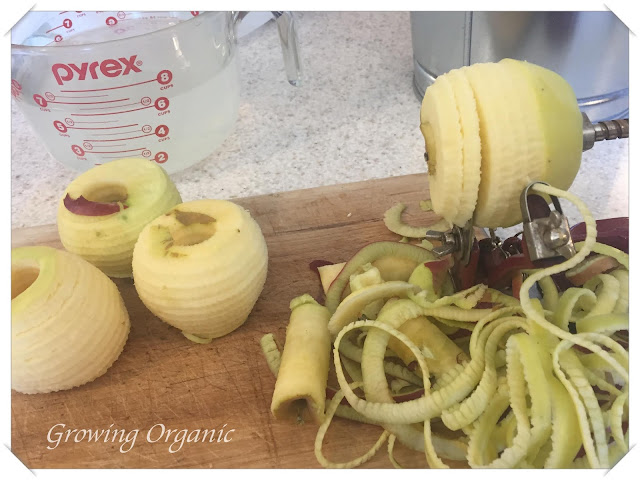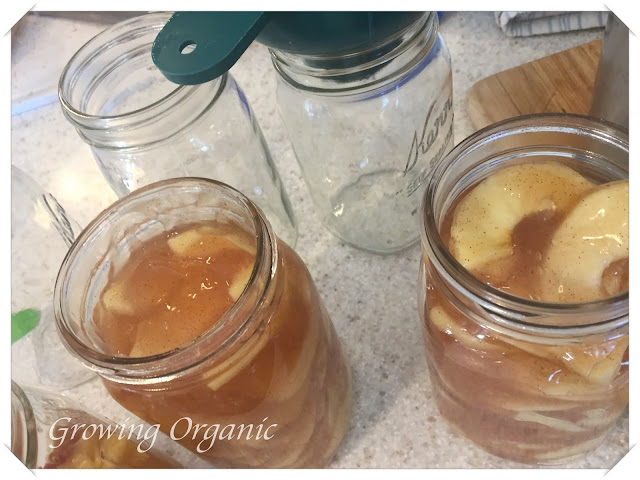As spring approaches (ok maybe it's a ways off) and seed catalogs begin to fill up the mail box, one question gardeners ask is how long will my seeds last? Can I use my seeds purchased last year? Unfortunately seeds of wild species live the longest, while those crops we enjoy as food crops have a shorter life span. Some weed seeds can remain viable in the soil for up to 50 years, yet for crop plants the average seed life ranges from 3-6 years.
Understanding the fascinating anatomy of a seed will help you in storing your seeds and determining when and how often you should replace your seeds. Every seeds is a living entity. It contains a embryo that given the right conditions will grow into a seedling and producing plant. All vegetable crops are orthodox seeds meaning the are produced with low moisture content and meant to remain dormant until growing conditions are right. This allows these seeds in nature to survive a winter and germinate in the proper season.
Several factors determine how long a seed remains viable (capable of producing a vigorous producing plant). Seeds with hard seed coats will store the longest. The seed coat keeps out moisture and oxygen which keeps metabolism low. The thinner or softer the seed coat the shorter the storage life.
The longer a seed is stored the lower the germination rate. Germination rate is the percentage of seeds that will germinate given the right conditions and produce a vigorous healthy plant.
What does all this mean to the gardener? Ideally, I believe it is wise to purchase seeds for each season. I try to purchase the amount of seeds I will cultivate in a season. I store the remainder of my seeds in the paper envelops they came in. I place the seed packets in a dark, cool, dry place to use again next year. If open stored this way, your seeds can be viable for 2-6 years depending on the variety. Onion and parsnip seeds are the exception. They should be replaced every year. I replace seeds older than 3 or 4 years, because as seeds age the germination rate lowers and time is wasted replanting seeds that did not germinate.
I have included a link to a Seed Viabilty Chart from High Mowing Seeds. This is only a guideline because it all depends on good storage practices. So get those seed packets out, throw out the old, and get your orders in so you will be prepared to plant on time in the coming season.





















































